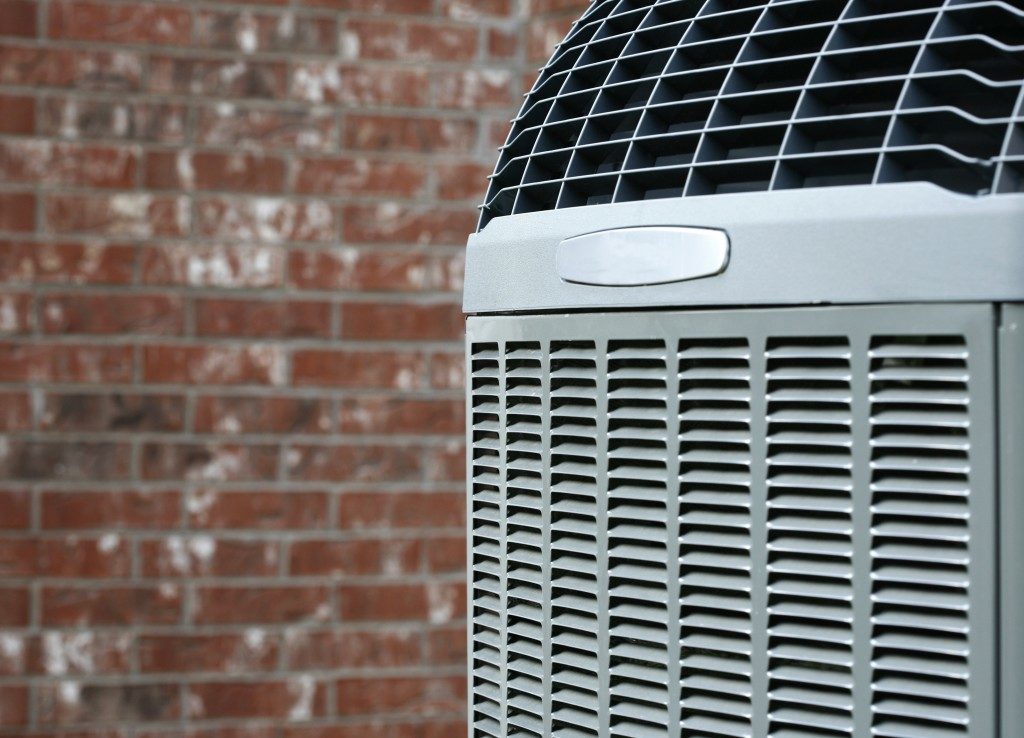Condensers are among the workhorses of your HVAC unit. A condenser removes the excess heat in your unit by liquefying it. Your unit’s condenser coil is found in the condensing unit, along with the controlling devices and compressor. The condensing unit is situated outdoors in a split or remote system. It comes in different styles and sizes.
The HVAC condensers a Niagara-based heating and air conditioning expert will recommend are generally categorized according to their cooling methods. You will come across air, evaporative, and water-cooled condensers. Air-cooled condensers are among the easiest to install and maintain and will eject the heat from your interiors to the outdoors for effective cooling.
Evaporative condensers are generally a combination of water and air-cooled condensers and are not very common. In a water-cooled condenser, water is circulated through your unit’s coils and tubes and then cools the heated air. Though they require a high initial and maintenance cost, the condensers are very energy-efficient. Here are some of your water-cooled condenser options:
Double-tube condensers

These have small inner and large outer tubes formed into a coil shape to save space. Water flows through the condenser’s inner tubes while a refrigerant flows through the outer tubes. The inner tube is at times grooved to enhance the heat transfer between the water inside and the coolant. Double-tube condensers usually include a cooling tower for water re-circulation. Cleaning the inner tubes of the condenser generally involves flushing it to remove mineral deposits.
Double-Pipe Condensers
These are a variation of double-tube condensers. The tubes in the condenser run horizontally and form a vertical bank. A compressed refrigerant flows through the pipes and liquefies the hot air in your HVAC after which it flows downwards, creating a counter flow.
Shell and Coil Condensers
These comprise a copper coil contained in a shell that is usually made of steel. Water will run through the copper coil while the compressor discharges a refrigerant vapor, which condenses the air in the cold tubes. A shell and coil condenser is inexpensive, but its maintenance routine and repairs are demanding. If a leak is detected, the shell and head of the coil must be detached before repair. Cleaning of the coils is done by flushing.
Shell and Tube Condensers
These comprise many steel shell tubes with water. The hot air from your interiors liquefies on the surface of these tubes and then flows to the bottom of your condenser. Shell and tube condensers are generally used in large HVAC units, which need considerable condensing space. The tubes can be cleaned using brushes after removing them from their shells.
The most common issue that plagues the above water-cooled condensers is corrosion. This is because the water used in the condenser is re-circulated and, therefore, has a high salt concentration, which promotes corrosion. Fortunately, there is a range of coatings your HVAC installer might recommend to reduce this risk. Regardless of the coating you get for your condenser, routine inspection and cleaning are important to curb corrosion and avoid future problems.

